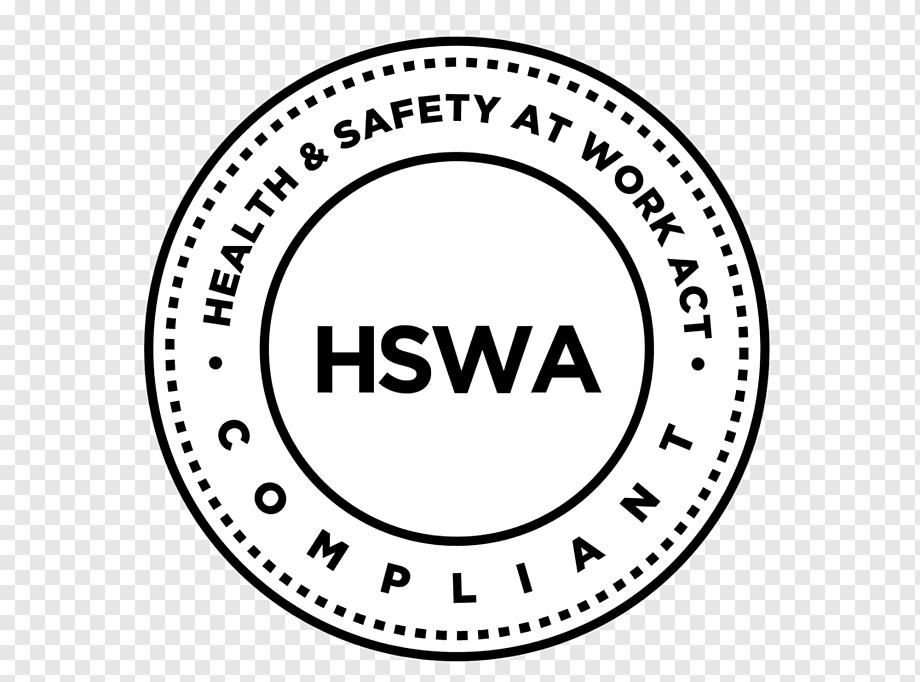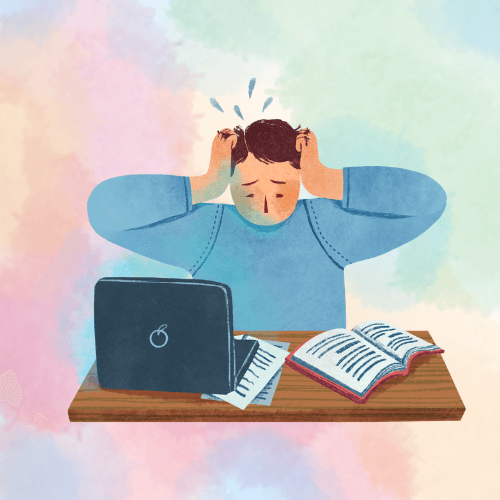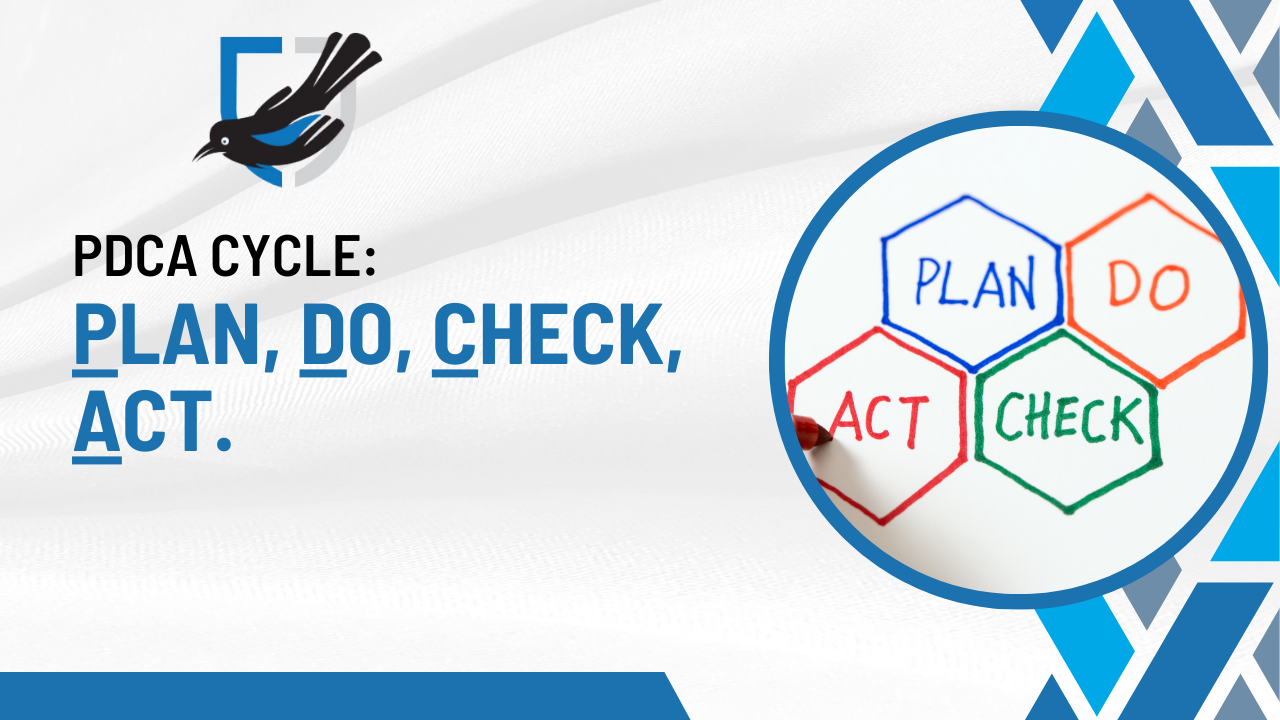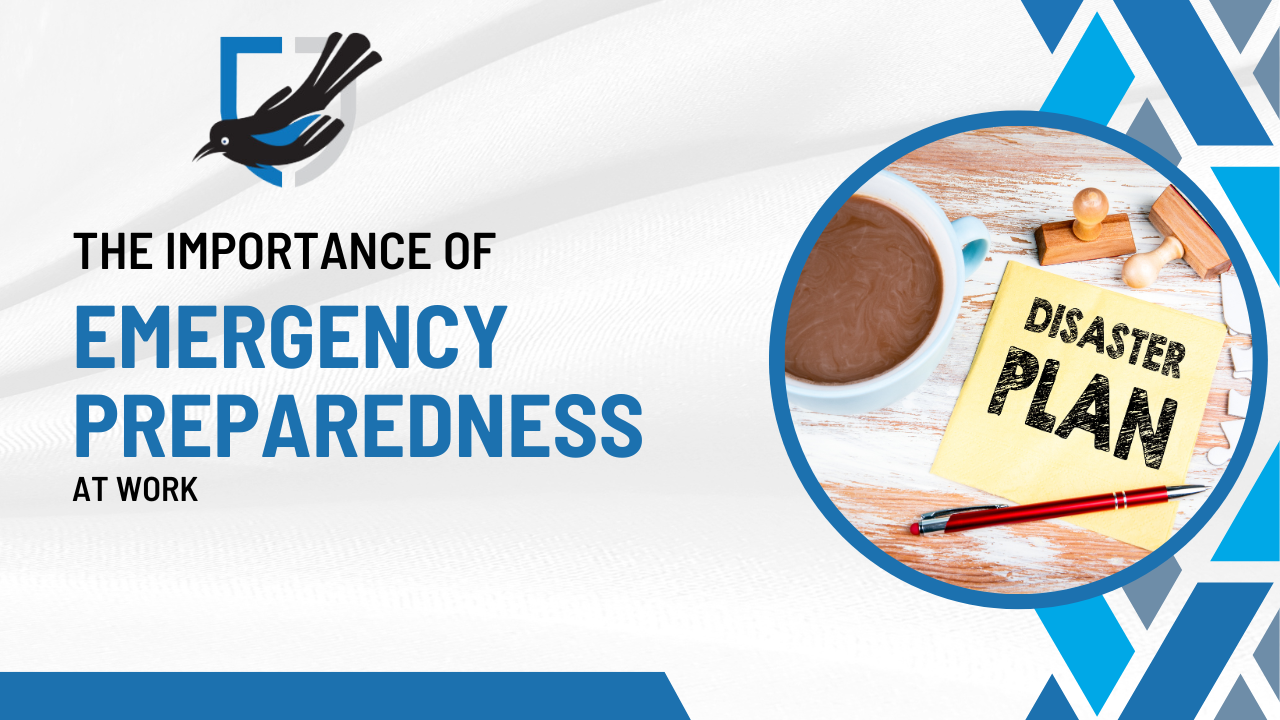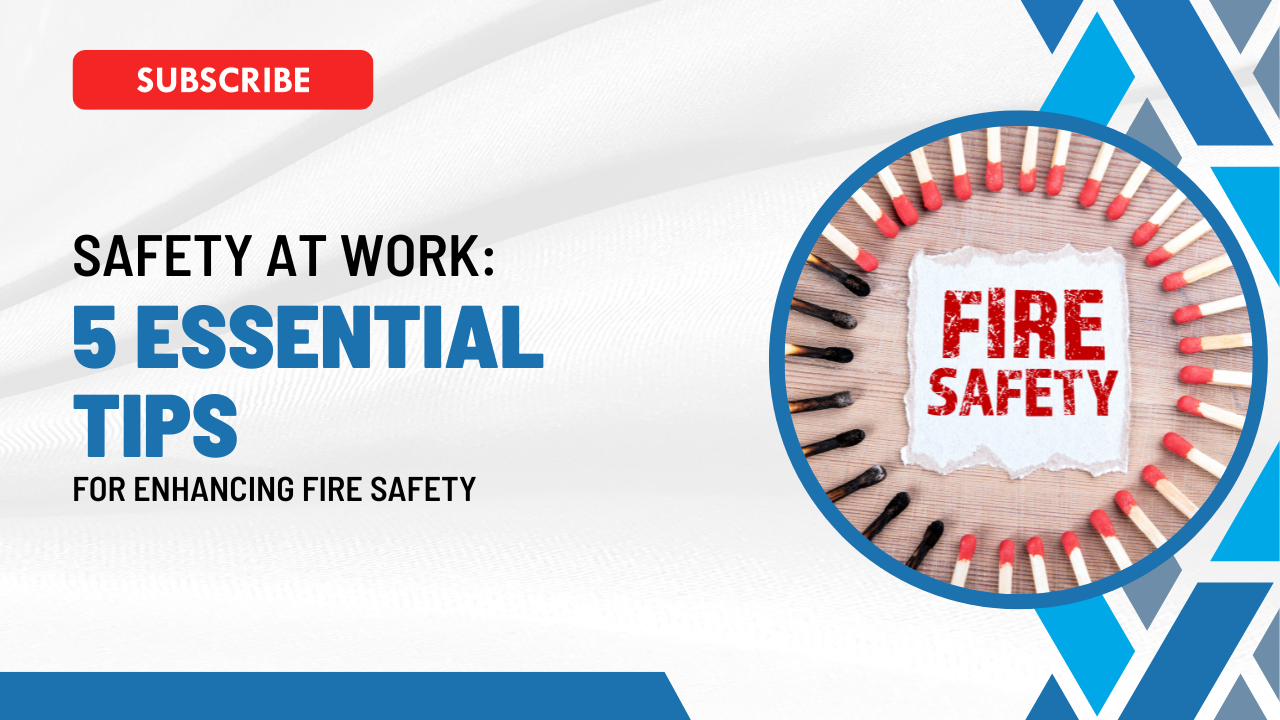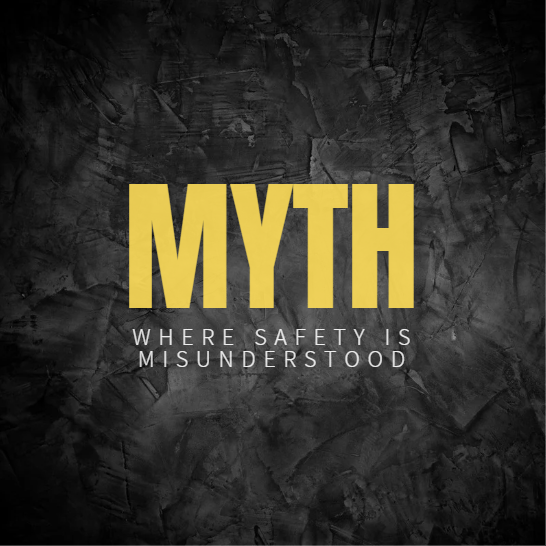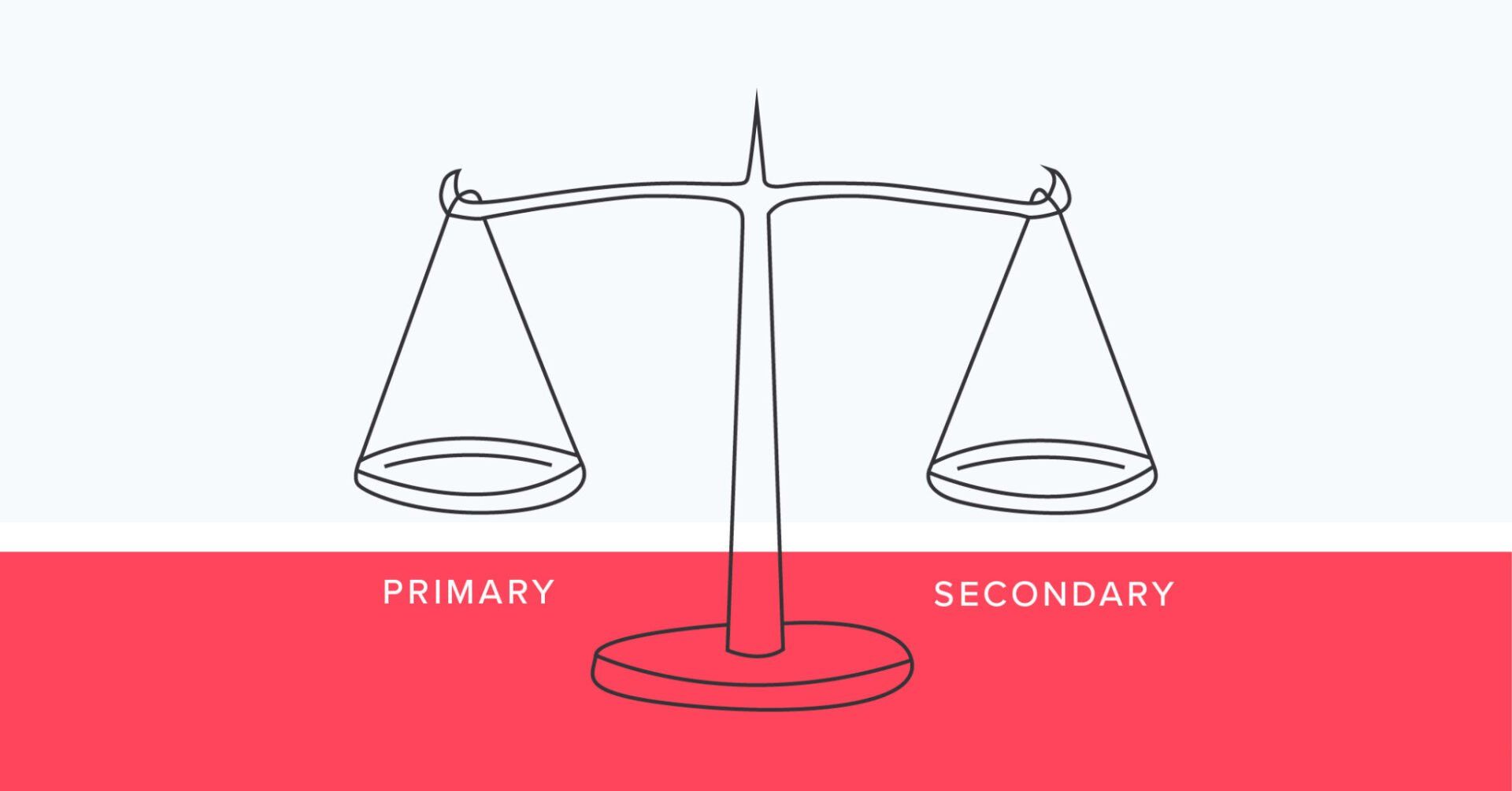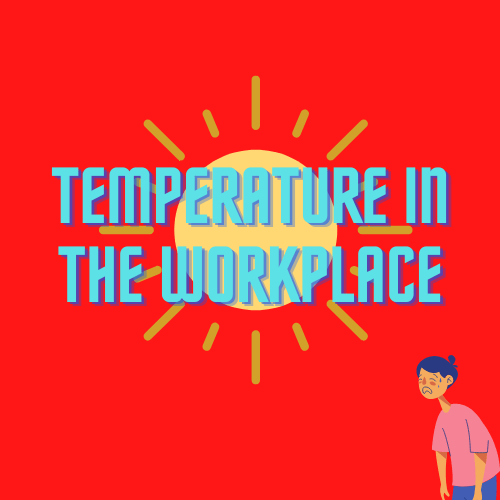What is a Risk Assessment: 5 Steps to Effective Risk Management
In any work environment, prioritising the safety and well-being of employees is paramount. One crucial tool in achieving this is a thorough risk assessment. A risk assessment helps identify potential hazards, evaluate their likelihood and severity, and implement measures to mitigate risks. In this blog post, we'll delve into the fundamentals of risk assessment and outline the five essential steps to conduct a comprehensive assessment.
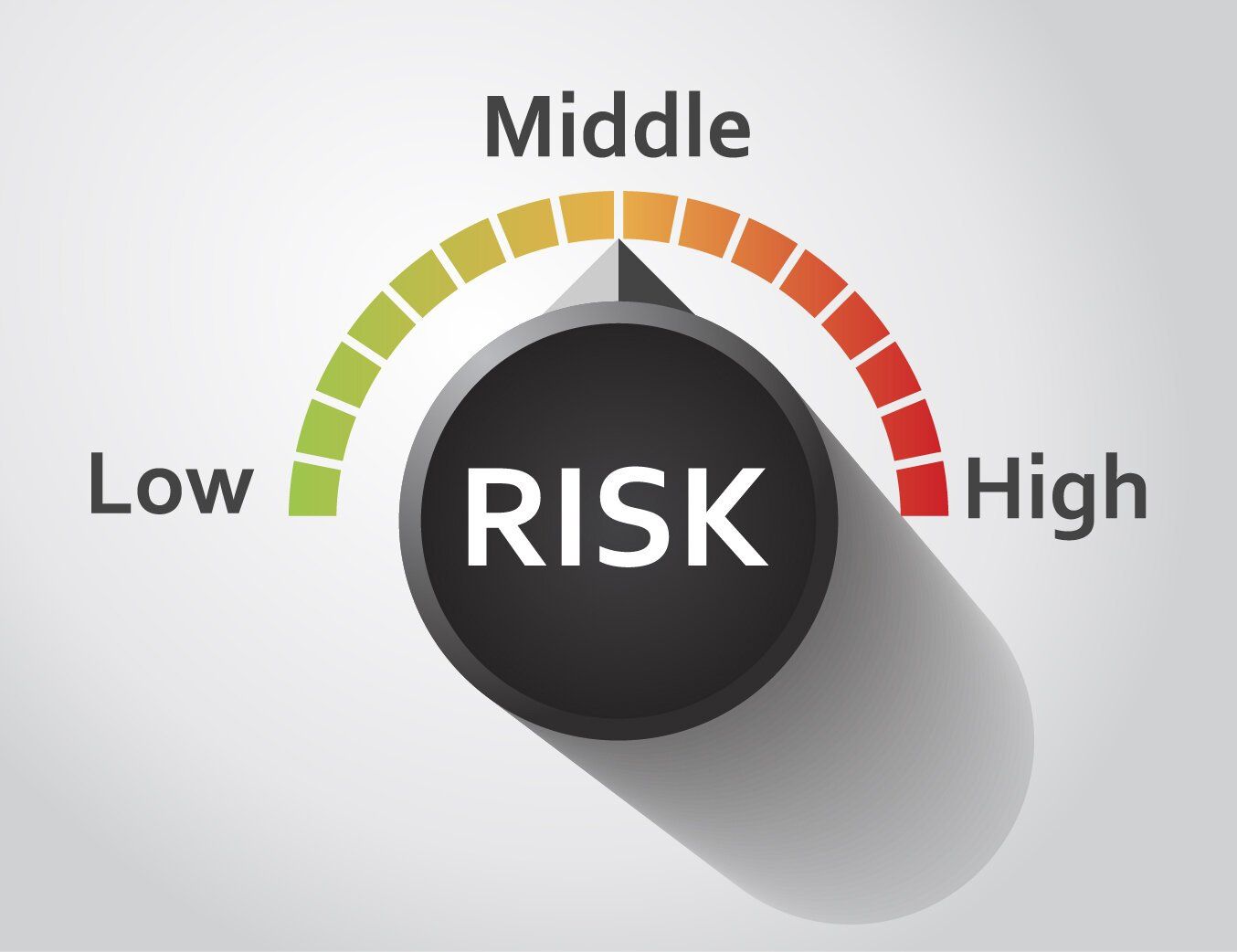
Step 1: Identify Hazards
The first step in risk assessment is identifying potential hazards within the workplace. Hazards can vary widely, from physical aspects such as machinery and equipment to chemical substances, ergonomic factors, and even psychosocial elements. Conduct a thorough examination of the workplace, involving employees in the process to gain diverse perspectives. This collaborative approach ensures a more comprehensive identification of potential risks.
Step 2: Determine Who Might Be Harmed and How
Once hazards are identified, the next step is to assess who in the workplace might be at risk and how these hazards could cause harm. Consider different groups of people, such as employees, visitors, or contractors. Additionally, evaluate how the identified hazards could impact individuals, whether through injuries, illnesses, or other adverse effects. This step lays the foundation for tailoring risk mitigation strategies to specific circumstances.
Step 3: Evaluate Risks and Existing Control Measures
Assess the level of risk associated with each identified hazard. This involves considering the likelihood of an incident occurring and the potential severity of the harm. Simultaneously, review the effectiveness of existing control measures in place. Determine if current measures are sufficient or if additional actions are necessary to further reduce the risk. This step ensures a dynamic and adaptive approach to risk management.
Step 4: Record Findings of risk assessment and Implement Controls
Document the findings of the risk assessment, including identified hazards, assessed risks, and proposed control measures. This documentation serves as a reference for future evaluations and allows for transparent communication within the organisation. Implement the recommended control measures to minimise or eliminate identified risks. This may involve updating safety protocols, providing additional training, or introducing new safety equipment.
Step 5: Review and Update
This is an ongoing process that requires regular review and updating. As workplaces evolve, new hazards may emerge, and the effectiveness of existing controls may need re-evaluation. Schedule periodic reviews of the risk assessment to ensure its relevance and accuracy. Encourage feedback from employees, as they are often on the front lines and can provide valuable insights into changing workplace dynamics.
What is a risk assessment?
In conclusion, a well-executed risk assessment is fundamental to creating a safe and secure work environment. By following these five steps, organisations can systematically identify, assess, and mitigate risks, fostering a culture of safety and well-being among employees. Stay proactive, involve the workforce, and prioritise continuous improvement to ensure a robust risk assessment process.

